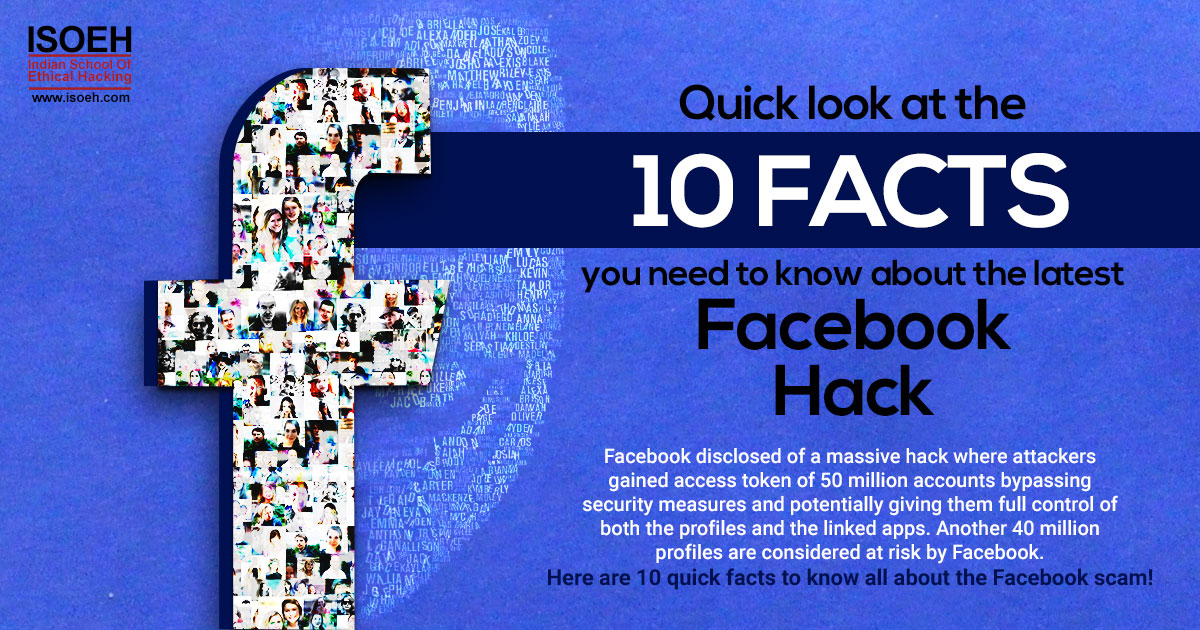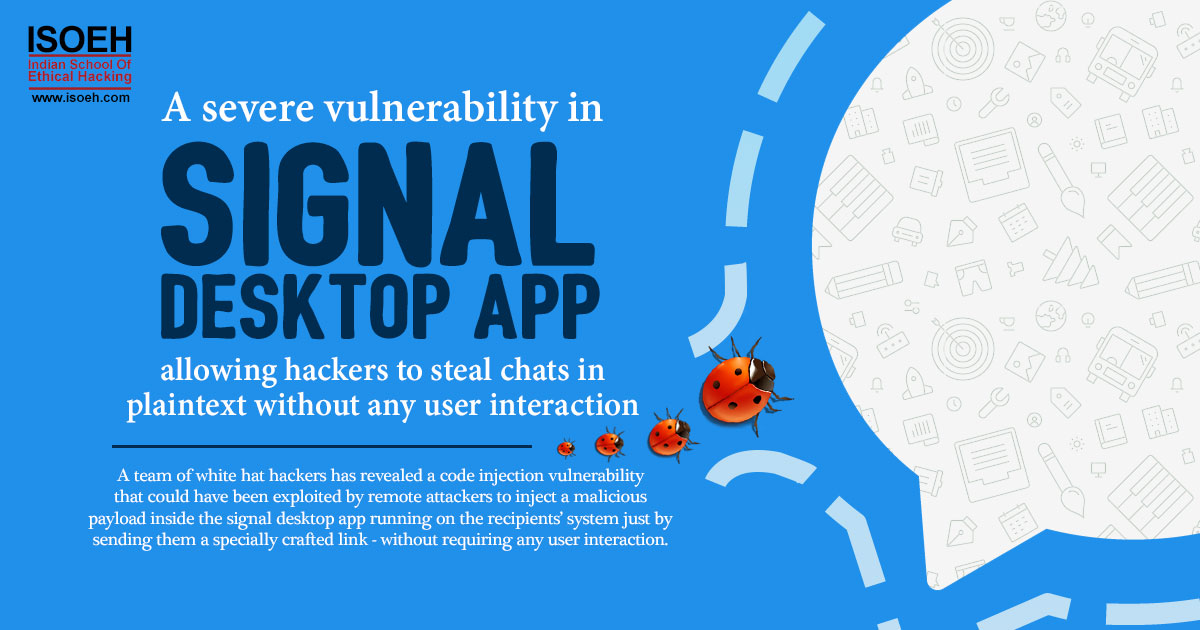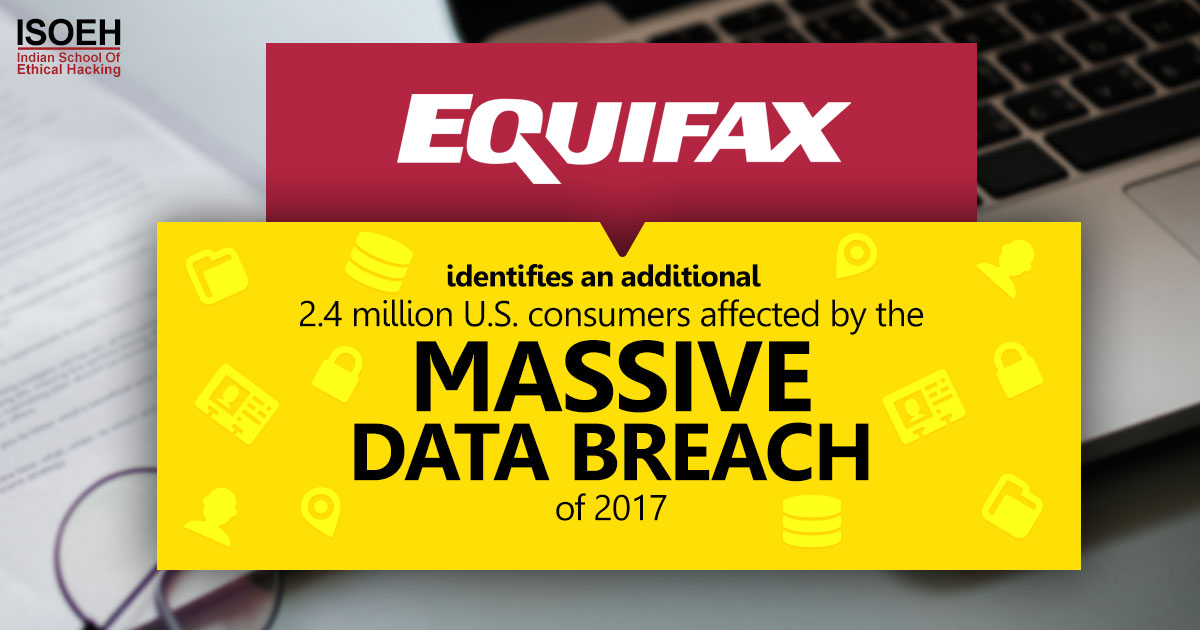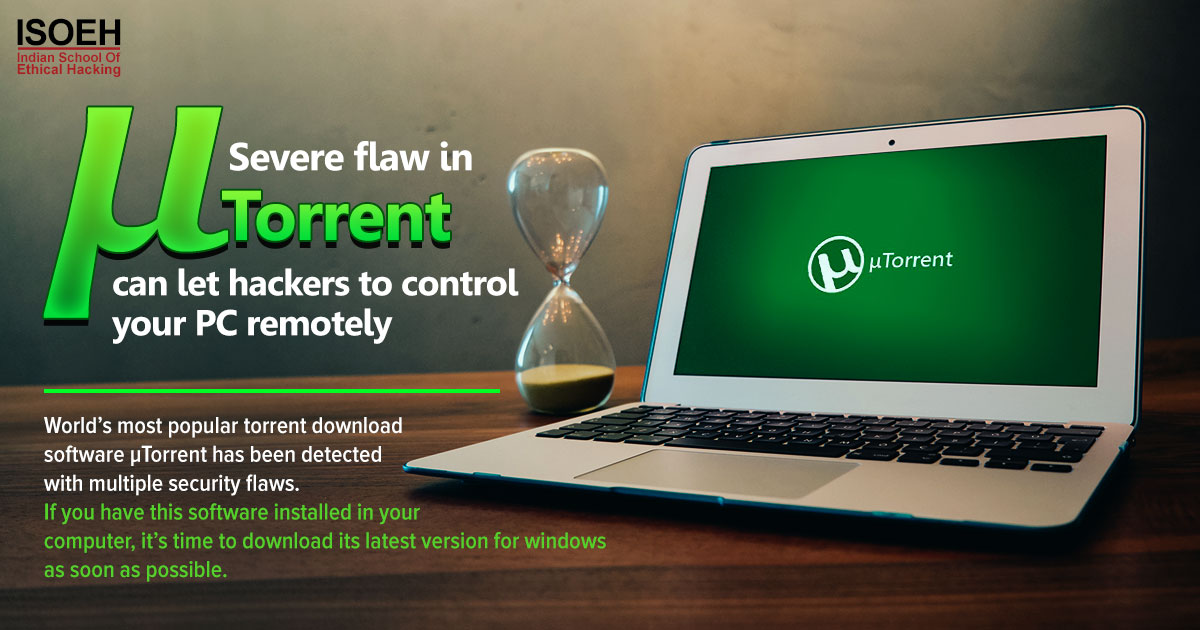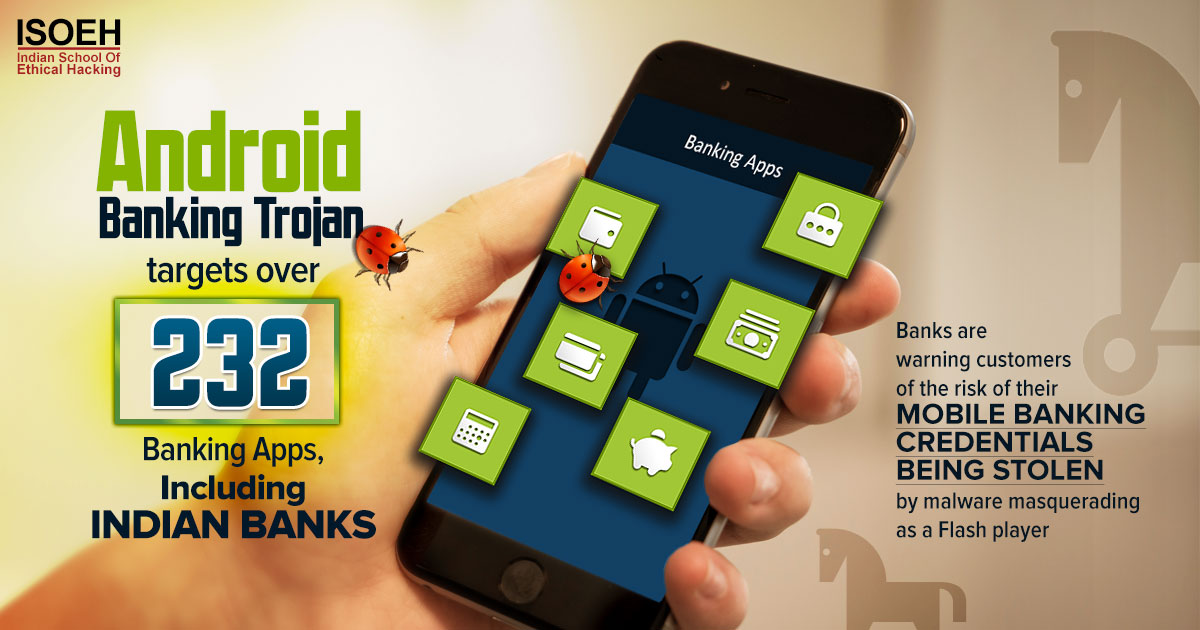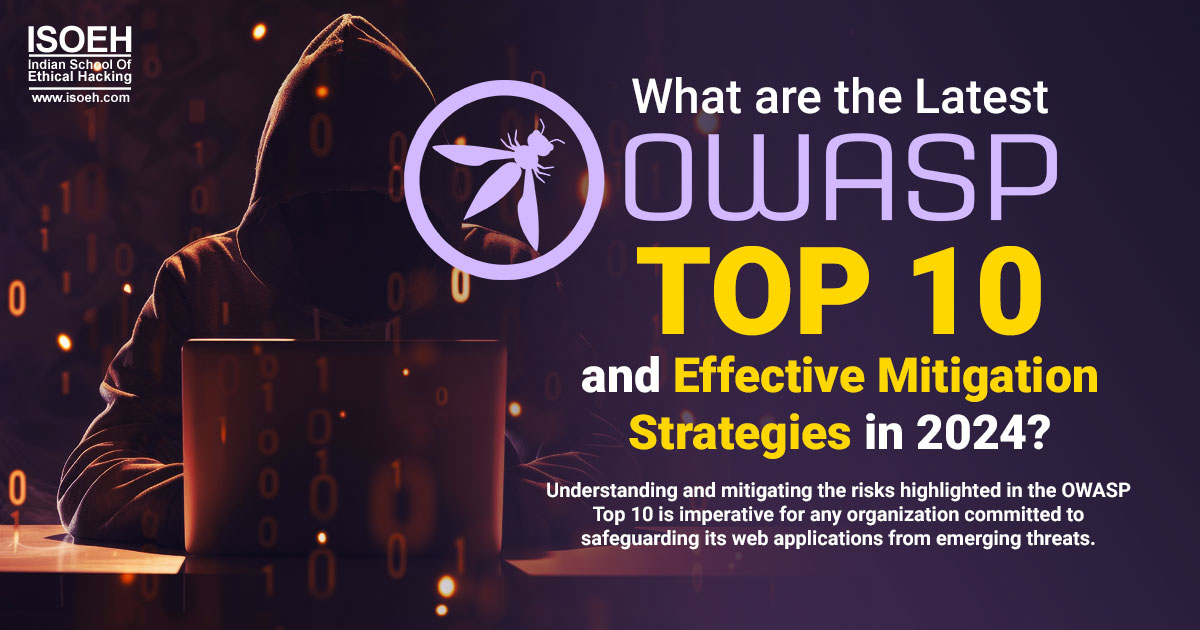
In the ever-evolving landscape of cybersecurity, staying updated with the most recent threats is not just beneficial—it's crucial. The Open Web Application Security Project (OWASP) regularly releases a list known as the "Top 10," which outlines the most critical security risks to web applications. The latest iteration of this list not only highlights prevalent risks but also offers guidance on how to mitigate them effectively.
In this blog, we will know about the OWASP Top 10 for 2024, providing you with a comprehensive understanding and actionable strategies to enhance your web application security.
Introduction to OWASP Top 10
The OWASP Top 10 is a standard awareness document for developers and web application security. It represents a broad consensus about the most critical security risks to web applications. Companies, educational institutions, and even governments use this list to prioritize their cybersecurity strategies and ensure they are defending against the most common and damaging threats.
1. Injection Flaws: Understanding and Prevention
Injection flaws, such as SQL, NoSQL, OS, and LDAP injection, occur when untrusted data is sent to an interpreter as part of a command or query. The attacker’s hostile data can trick the interpreter into executing unintended commands or accessing data without proper authorization.
Mitigation Strategies:
- Use of prepared statements (with parameterized queries) in SQL code
- Employment of safe APIs that avoid the use of the interpreter entirely
- Conducting regular code reviews and security testing
2. Broken Authentication: Safeguarding User Identity
Broken authentication occurs when application functions related to authentication and session management are implemented incorrectly, allowing attackers to compromise passwords, keys, or session tokens.
Mitigation Strategies:
- Implement multi-factor authentication
- Ensure session IDs are not exposed in the URL
- Logout functionality should end the session completely
3. Sensitive Data Exposure: Protecting Confidential Information
Sensitive data exposure is a major issue, as web applications often fail to protect sensitive data such as financial, healthcare, and personal information, leading to data breaches.
Mitigation Strategies:
- Encrypt all sensitive data at rest and in transit
- Disable caching for responses that contain sensitive data
- Apply robust encryption algorithms and strong key management practices
4. XML External Entities (XXE): Preventing External Attacks
XXE attacks occur when XML input containing a reference to an external entity is processed by a weakly configured XML parser.
Mitigation Strategies:
- Use fewer complex data formats such as JSON, and avoid serialization of sensitive data
- Update and patch all XML processors and libraries
- Disable XML external entity and DTD processing in all XML parsers
5. Broken Access Control: Restricting Unauthorized Access
Broken access control issues allow attackers to bypass authorization safeguards, enabling them to access user accounts, view sensitive files, and modify data rights.
Mitigation Strategies:
- Implement access control mechanisms that don't rely solely on the information provided by the user
- Adopt the principle of least privilege
- Regularly review and update access control rules and policies
6. Security Misconfiguration: Ensuring Proper Configurations
Security misconfiguration is the most commonly seen issue. This occurs when security settings are defined, implemented, and maintained as defaults.
Mitigation Strategies:
- Regularly update and patch systems
- Remove unused dependencies, unnecessary features, components, and documentation
- Secure installation processes by applying the principle of least functionality
7. Cross-Site Scripting (XSS): Blocking Script Exploits
XSS flaws occur whenever an application includes untrusted data in a web page without proper validation or escaping, allowing attackers to execute scripts in the victim’s browser.
Mitigation Strategies:
- Use frameworks that automatically escape XSS by design
- Implement Content Security Policy (CSP) headers to prevent XSS
- Validate and sanitize all user inputs to ensure they do not contain executable content
8. Insecure Deserialization: Avoiding Serialization Risks
Insecure deserialization often leads to remote code execution. Even if deserialization flaws do not result in remote code execution, they can be used to perform attacks, including replay attacks, injection attacks, and privilege escalation attacks.
Mitigation Strategies:
- Implement integrity checks such as digital signatures on any serialized objects
- Do not accept serialized objects from untrusted sources
- Log all deserialization exceptions and failures
9. Using Components with Known Vulnerabilities: Strengthening Component Security
Components, such as libraries, frameworks, and other software modules, run with the same privileges as the application. If a vulnerable component is exploited, such an attack can facilitate serious data loss or server takeover.
Mitigation Strategies:
- Remove unused dependencies and unnecessary features
- Continuously monitor and patch known vulnerabilities
- Use a software composition analysis tool to automate the process
10. Insufficient Logging & Monitoring: Enhancing Detection Capabilities
Insufficient logging and monitoring, coupled with missing or ineffective integration with incident response, allows attackers to further attack systems, maintain persistence, pivot to more systems, and tamper, extract, or destroy data.
Mitigation Strategies:
- Ensure all login, access control failures, and server-side input validation failures are logged with sufficient user context
- Establish effective monitoring and alerting
- Regularly test the incident response and recovery plan
Conclusion
Understanding and mitigating the risks highlighted in the OWASP Top 10 is imperative for any organization committed to safeguarding its web applications from emerging threats. By implementing the recommended preventative measures, organizations can significantly enhance their security posture and protect themselves against the most prevalent and impactful risks in today's digital environment. Stay informed, stay secure, and keep your defences robust against the ever-changing landscape of cyber threats.
Hacking Tools
Explore All Hacking Tools »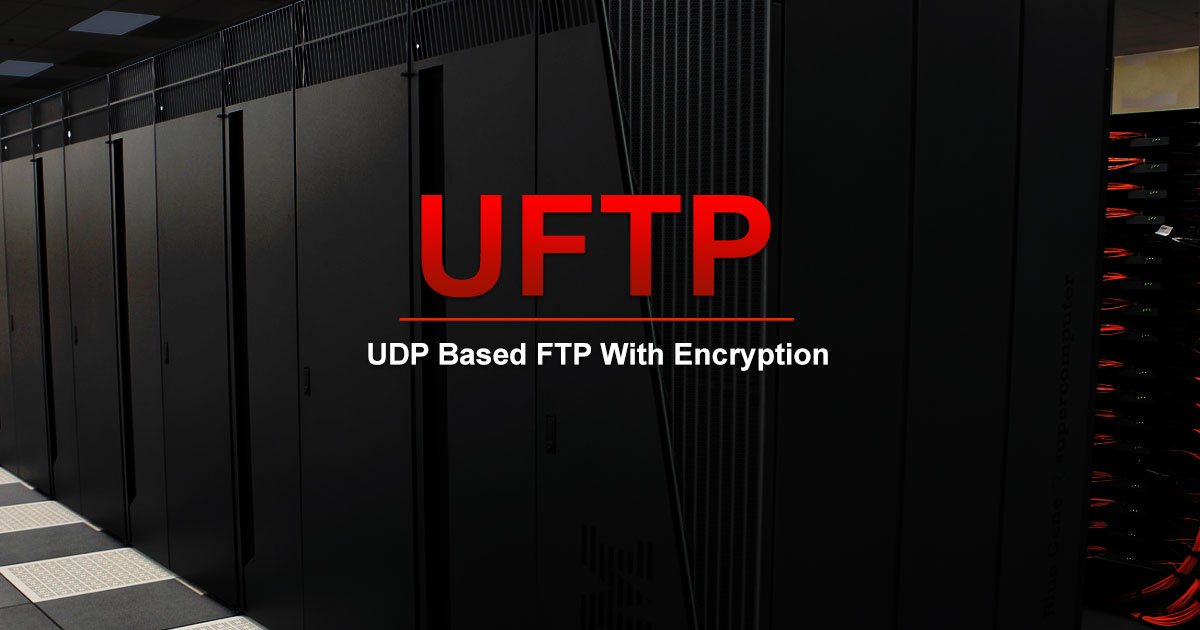
UFTP is an encrypted multicast file transfer program for secure, reliable & efficient transfer of files. It also helps in data distribution over a satellite link.
Read DetailsBreaking News
Breaking News Of Each Month »
The recent pandemic was unexpected and unknown to most part of the world. It has changed our life and we are slowly adapting to our new lifestyle. The risks associated with the new lifestyle, both personal & corporate, are unknown to most of us.
Read Details



